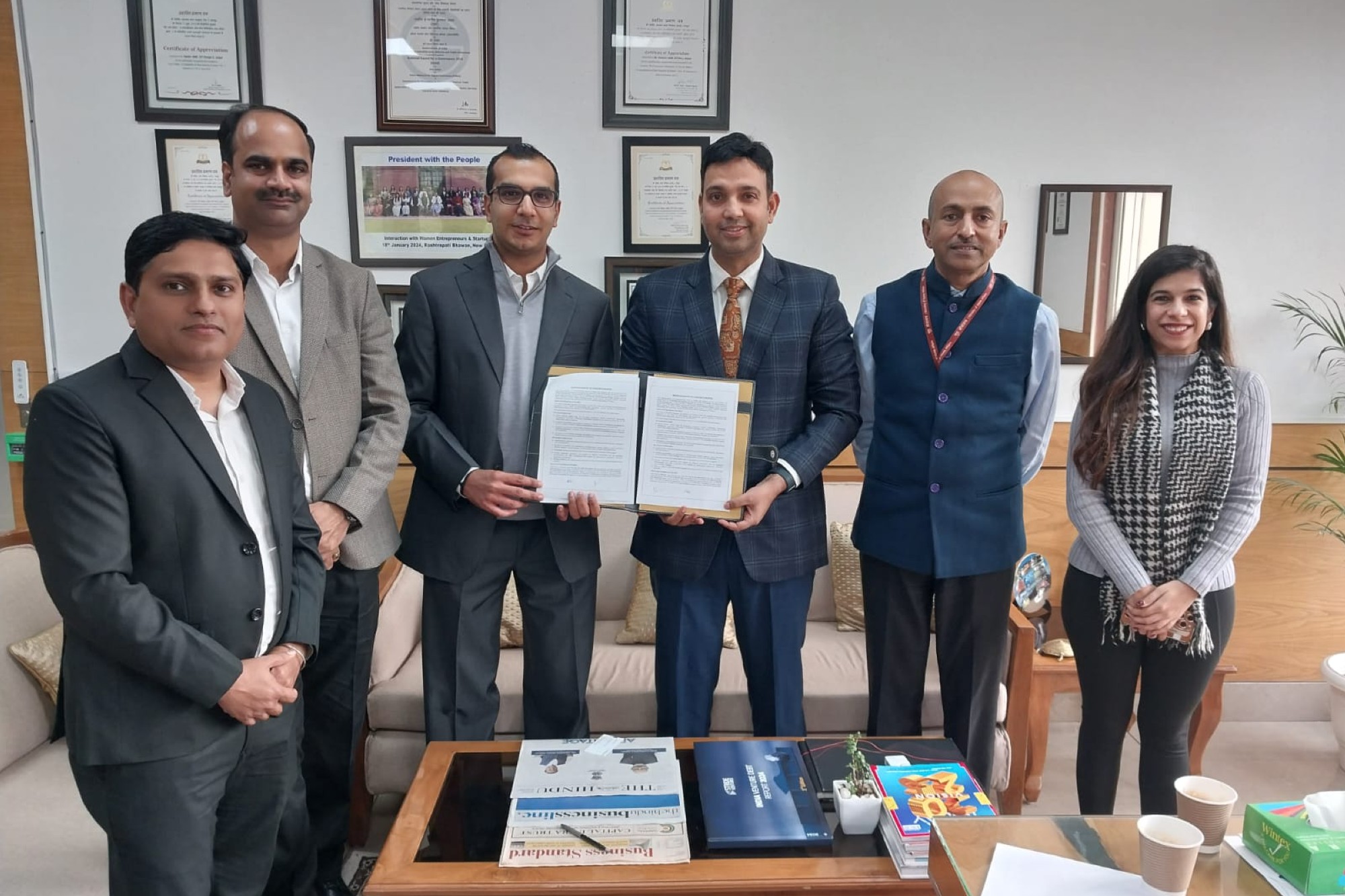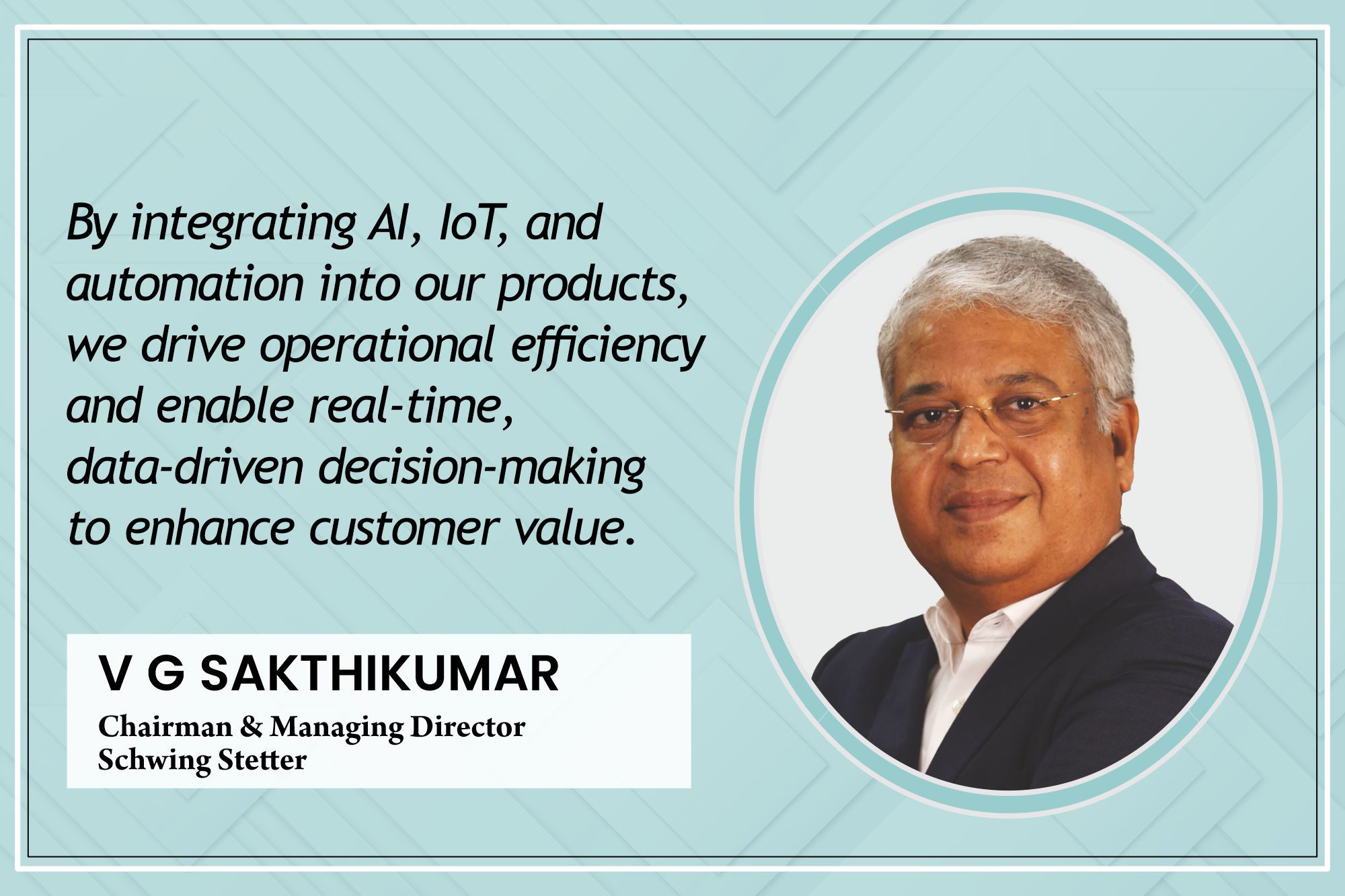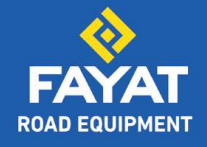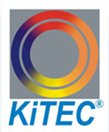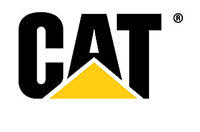Establish adaptable procurement sector
By Edit Team | November 12, 2014 6:31 am SHARE

We need to establish procurement as a discipline that is capable of adapting readily to an ever changing world
Technip’s business activities serve many sectors of the energy industry worldwide, but in particular the oil and gas sector. Rohinish Shah shares his views on changing trends in procurement area.
Procurement types
There are two types of procurement: Direct procurement and indirect procurement. Indirect procurement actually plays very key role from the spend management point of view. “From engineering or project point of view, materials whatever we are going to procure get delivered to the sites for the vendor. But indirect procurement like IT, housekeeping, other facilities etc. are provided from our profit centre as we are incurring that cost, ” explains Mr Shah.
To deal with current challenges
Procurement area is definitely facing some serious challenges today. Mentioning those ones, Mr Shah enlists some of the steps need to be taken to answer these current challenges as:
• The setting of clear objectives at the outset of all projects and for all strategic procurement units
• Development of a procurement strategy for every public sector organisation
• Focusing strategic procurement on outcomes, not processes
• Embracing collaboration as a strategic tool
• Recognising that sustainability has become a strategic driver for professional procurement
• Positioning the public sector as a customer of choice
• Resolving the talent scarcity problem.
“Meeting the challenges will enable procurement to take its place as strategic management function within public sector agencies. We need to establish procurement as a discipline that is capable of adapting readily to an ever changing world,” says Mr Shah. “We need to build teams, skills and processes that enable us to develop a community of procurement professionals who can do all of the above while still delivering best value for money from individual procurements.”
Logistics facility and supply chain
In today’s increasingly turbulent commercial world, achieving an efficient and effective supply network is central to business success. The world we live in depends on logistics and supply chain managers to make products available to us. These managers are the ultimate back-room power players moving millions of dollars of product every day.
“Logistics and supply chain managers are the air traffic controllers of the global market and can give a company the advantage it needs to surge ahead of its competition,” points out Mr Shah. “If any part of the supply network fails, then a business can find itself with a big problem.”
As warehousing facilities are getting reduced now, there is issue of inadequate warehouses as well. One needs to pay high rent for warehouse in addition to its maintenance cost. In such cases, sharing the warehouse with some other company having same kind of products could be an option to consider.
Logistics supply chain consists of activities such as market research, requirements planning, make-or-buy decisions, supplier management, ordering, and order controlling. The targets in procurement logistics might be contradictory: maximising efficiency by concentrating on core competence, outsourcing while maintaining the autonomy of the company, or minimising procurement costs while maximising security within the supply process.
e-Procurement era
“Over the last decade e-Procurement has emerged as a major component in the supply chain management field. At its most basic level, e-Procurement has changed the ways businesses purchase goods,” says Mr Shah. “At a strategic level it is anticipated that e-Procurement will free purchasing resources from transaction processes to strategic sourcing activities.”
In many commercial organisations the business case for e-Procurement is predicated on being able to deliver a variety of benefits, which include: lower prices, lower transactional costs, better compliance and speedier processing and delivery. How the performance of a purchasing department can improve remains uncertain.
However, recent research has questioned whether e-Procurement is really an ugly duckling? In one of the first empirical studies, Carr and Pearson (1999) confirmed that strategic purchasing has positive effect on company’s financial performance. Encouragingly, firms that do long-term planning and consider purchasing to be strategic are also likely to build long-term cooperative relationships with their key suppliers. “Electronic commerce (e-commerce) tools provide the opportunity to enhance two elements of procurement process: communication and transaction aspects,” informs Mr Shah. “Surveys have confirmed that e-commerce tools and IT solutions have an influence on procurement related processes.”
Surprisingly very few papers have considered the internal customer. An exception can be found in Croom and Johnston (2003) who noted an increase in internal customer service levels, achieved as a result of cost reduction, process compliance and customer satisfaction. Some companies have created very close links with their suppliers, closer than just long-term cooperation. Companies have taken an interest in improving their suppliers’ performance by exchanging staff, providing the necessary training, tools, technologies and performance evaluation. The key roles in business relations provide two-way communication, cross-functional teams and larger purchasing power. These factors were analysed by Humphreys et al. (2004) who highlighted that supplier development is associated with buyer-supplier performance improvement. Carr and Pearson (1999), reported links between supplier-buyer relationship and firm’s financial performance. According to their research results, firms may achieve competitive advantage from long-term relationships rather than merely short-term.
– Rohinish Shah, Manager –
Indirect Procurement,
Technip India Ltd.
Cookie Consent
We use cookies to personalize your experience. By continuing to visit this website you agree to our Terms & Conditions, Privacy Policy and Cookie Policy.



